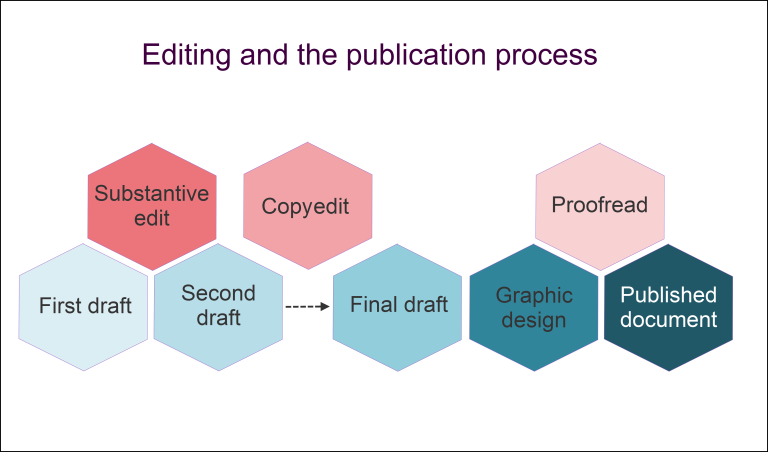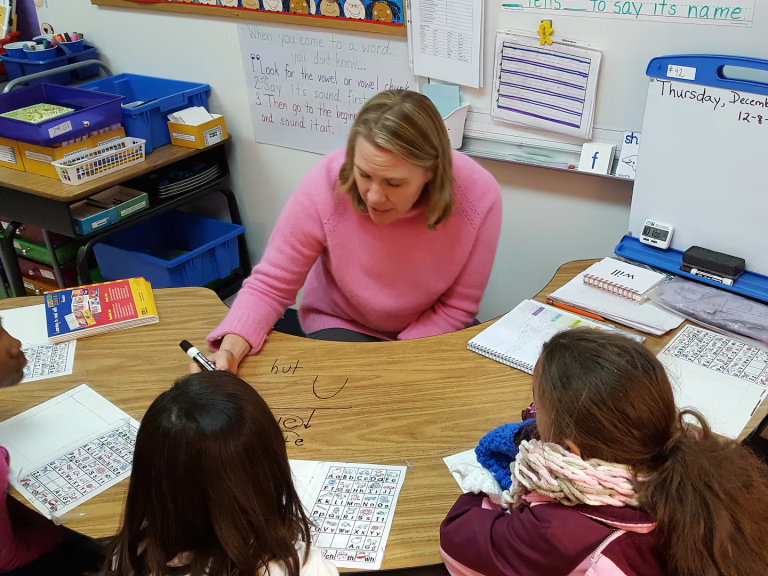The Role of Sensory Play in Early Childhood Education
Sensory play, an integral part of early childhood education, involves activities that stimulate children’s senses: touch, sight, sound, taste, and smell. This type of play is essential for young children’s development, offering numerous cognitive, physical, social, and emotional benefits. Understanding the role of sensory play can help parents and educators create enriching environments that support children’s growth and learning.
Understanding Sensory Play
Definition and Types of Sensory Play
Sensory play includes a variety of activities that engage different senses. Tactile play involves touch, such as playing with sand, water, or textured materials. Auditory play engages hearing, including activities with musical instruments or sound-based toys. Visual play stimulates sight through activities like color sorting or light tables. Olfactory play involves the sense of smell, such as exploring different scents, while gustatory play engages taste, like tasting safe, edible items during play.
Importance of Sensory Play in Development
Sensory play is crucial for the development of sensory processing and integration skills. It helps children learn how to respond to different sensory stimuli, improving their ability to make sense of the world around them. Engaging in sensory play allows children to explore and understand their environment, promoting cognitive development and problem-solving skills.
Cognitive Benefits of Sensory Play
Enhancing Problem-Solving Skills
Sensory play activities, like sensory bins filled with various materials or puzzles, encourage children to think critically and develop solution-oriented approaches. These activities require children to experiment, make decisions, and solve problems, which are foundational skills for cognitive development.
Boosting Memory and Attention Span
Memory matching games and sequencing activities are excellent examples of sensory play that boost memory and attention span. These games require children to remember patterns, sequences, or the placement of objects, reinforcing memory retention and helping them focus for extended periods.
Fostering Creativity and Imagination
Art supplies and pretend play materials stimulate imaginative thinking and creative expression. Open-ended sensory activities, such as playing with play dough or creating art with various textures and colors, allow children to explore their creativity freely, encouraging innovative thinking.
Physical Benefits of Sensory Play
Developing Fine Motor Skills
Activities like bead threading and play dough manipulation are fantastic for developing fine motor skills. These tasks require precise hand movements, enhancing hand-eye coordination and dexterity, which are essential for tasks such as writing and buttoning clothes.
Promoting Gross Motor Skills
Gross motor skills are developed through activities that require large muscle movements, such as climbing structures or balance beams. Sensory play that incorporates physical activity helps improve overall body coordination and physical strength, contributing to children’s physical health and development.
Social and Emotional Benefits of Sensory Play
Encouraging Social Interaction
Group sensory activities and cooperative games teach children vital social skills like teamwork, communication, and sharing. When children engage in sensory play together, they learn how to interact with their peers, negotiate roles, and work towards common goals, fostering social development.
Building Confidence and Self-Esteem
Achievement-based play and role-playing sets allow children to succeed in various tasks, boosting their confidence and self-esteem. When children accomplish tasks during sensory play, it reinforces their belief in their abilities and encourages a positive self-image.
Managing Emotions and Reducing Anxiety
Calming sensory bottles and fidget toys provide outlets for self-regulation and emotional control. These tools are particularly beneficial for children who experience anxiety or have difficulty managing their emotions, as they offer a soothing and calming effect.
Practical Applications in Early Childhood Education
Incorporating Sensory Play in the Classroom
Setting up sensory stations and integrating sensory activities into the curriculum are effective ways to incorporate sensory play in the classroom. Sensory stations with different materials and activities can be rotated to keep children engaged and provide diverse sensory experiences.
Sensory Play for Different Age Groups
Tailoring sensory activities for different age groups ensures that the play is developmentally appropriate. For infants, simple activities like exploring textures are suitable, while toddlers can engage in more complex activities like sensory bins. Preschoolers can participate in more structured sensory play, such as Montessori toys for 3-year-olds, which offer educational and sensory benefits.
Using Sensory Play to Support Children with Special Needs
Sensory play is particularly beneficial for children with special needs, including those with autism, ADHD, or sensory processing disorders. Sensory tools and activities can help these children improve their sensory integration skills and provide a calming effect, supporting their overall development.
Case Studies and Real-Life Examples
Many parents and educators have shared success stories about the positive impact of sensory play. For instance, a teacher observed that her students were more engaged and collaborative during sensory play activities. A parent noted significant improvements in her child’s focus and fine motor skills after incorporating sensory bins into their daily routine.
Research also supports these observations, showing that children who regularly engage in sensory play tend to have better cognitive, social, and emotional skills. These findings highlight the importance of sensory play in early childhood education.
Conclusion
Sensory play offers a wide range of benefits that enhance children’s cognitive, physical, social, and emotional development. It encourages problem-solving, boosts memory and attention, fosters creativity, and improves motor skills. Additionally, sensory play promotes social interaction, builds confidence, and helps manage emotions.
Parents and educators should prioritize incorporating sensory play into children’s daily routines to support their overall development. For a selection of high-quality, US-made sensory toys and materials that support early childhood education, including Montessori toys for 3-year-olds, visit our website and explore the numerous options available to aid in your child’s growth and learning journey.







